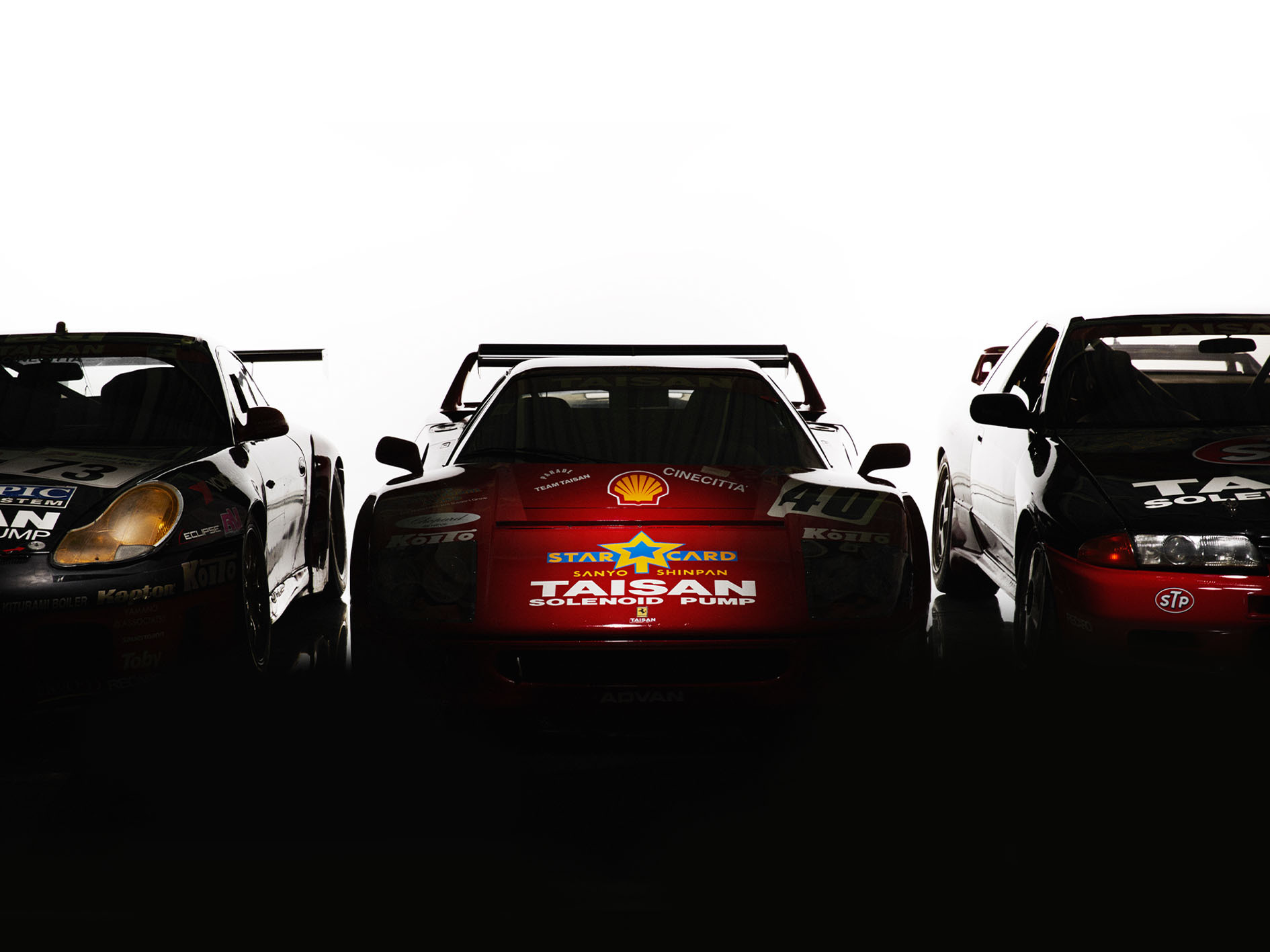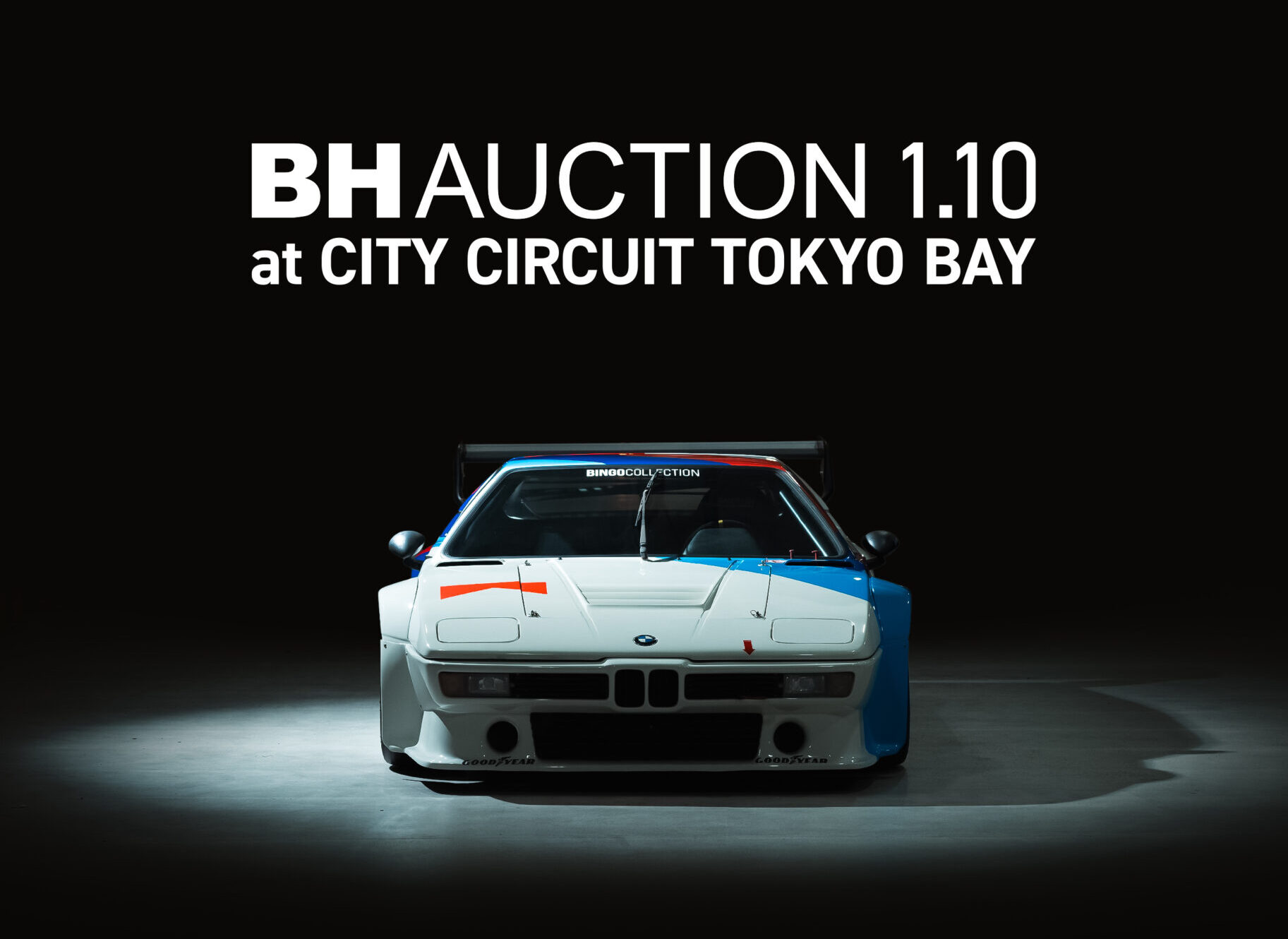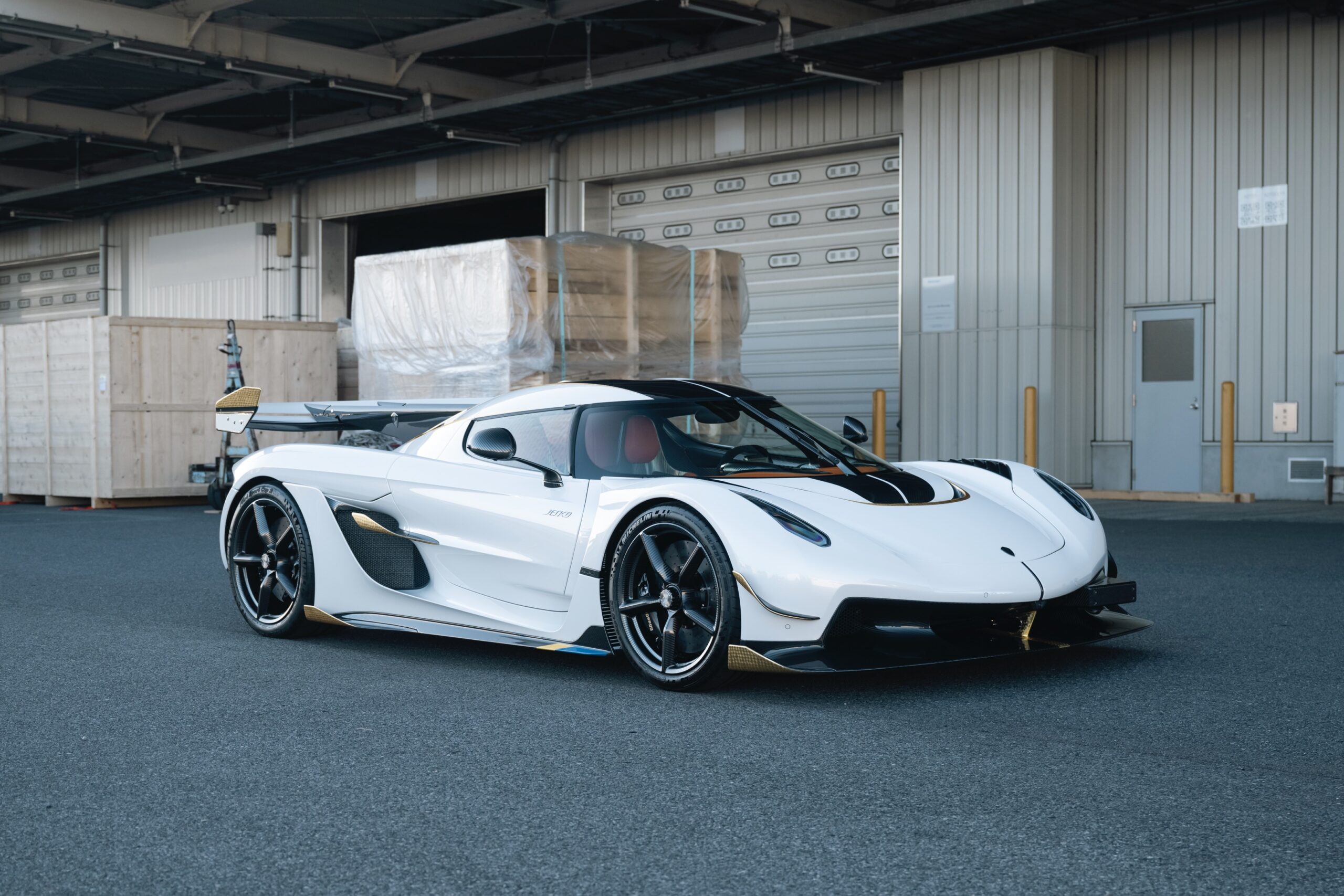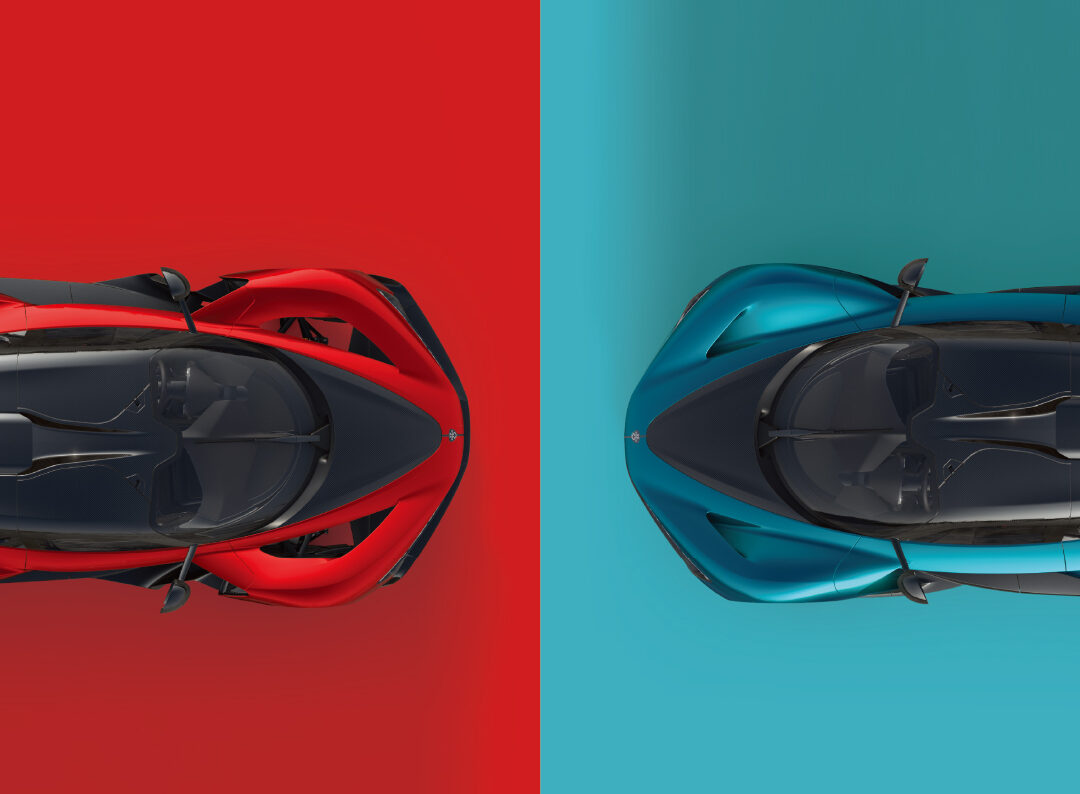Team Taisan
Blogpost
Team Taisan was founded in 1983 by Yatsutsune “Ricky” Chiba, who is a passionate motorsports enthusiast.
The legendary team’s name was derived from Taisan Industrial Company. Founded in 1943, they are known for making electrical solenoid pumps that can be found in households, industrial businesses and even one of their racing cars.
Team Taisan made their racing debut with a Porsche 956 in the World Endurance Championship at Fuji Speedway in 1983. Throughout its 40-year history, Team Taisan has been involved in numerous racing series across the world, and have racked up 81 wins, which established them both domestically and internationally as a racing powerhouse.
Team Taisan officially announced their withdrawal from racing in the final race of the 2018 Super GT season at Motegi . In recent times, Team Taisan has been focusing on electric motorsports, currently participating in the All Japan EV Grand Prix with a Tesla Model 3 modified by Unplugged Performance, a tuner specialising in Teslas. Just like its past race cars, their Model 3 dominated the series, by clinching 5 consecutive championship titles from 2018 until 2022, while still being competitive during the 2023 season.
In the past, we have hosted Team Taisan auctions during the 2018 Suzuka Sound of Engine event and 2022 Tokyo Auto Salon, where we have showcased and sold some of the race cars run by the legendary team. Introducing the 3 race cars that defined the Japanese racing scene, as well as Team Taisan’s racing history of competing in different categories.
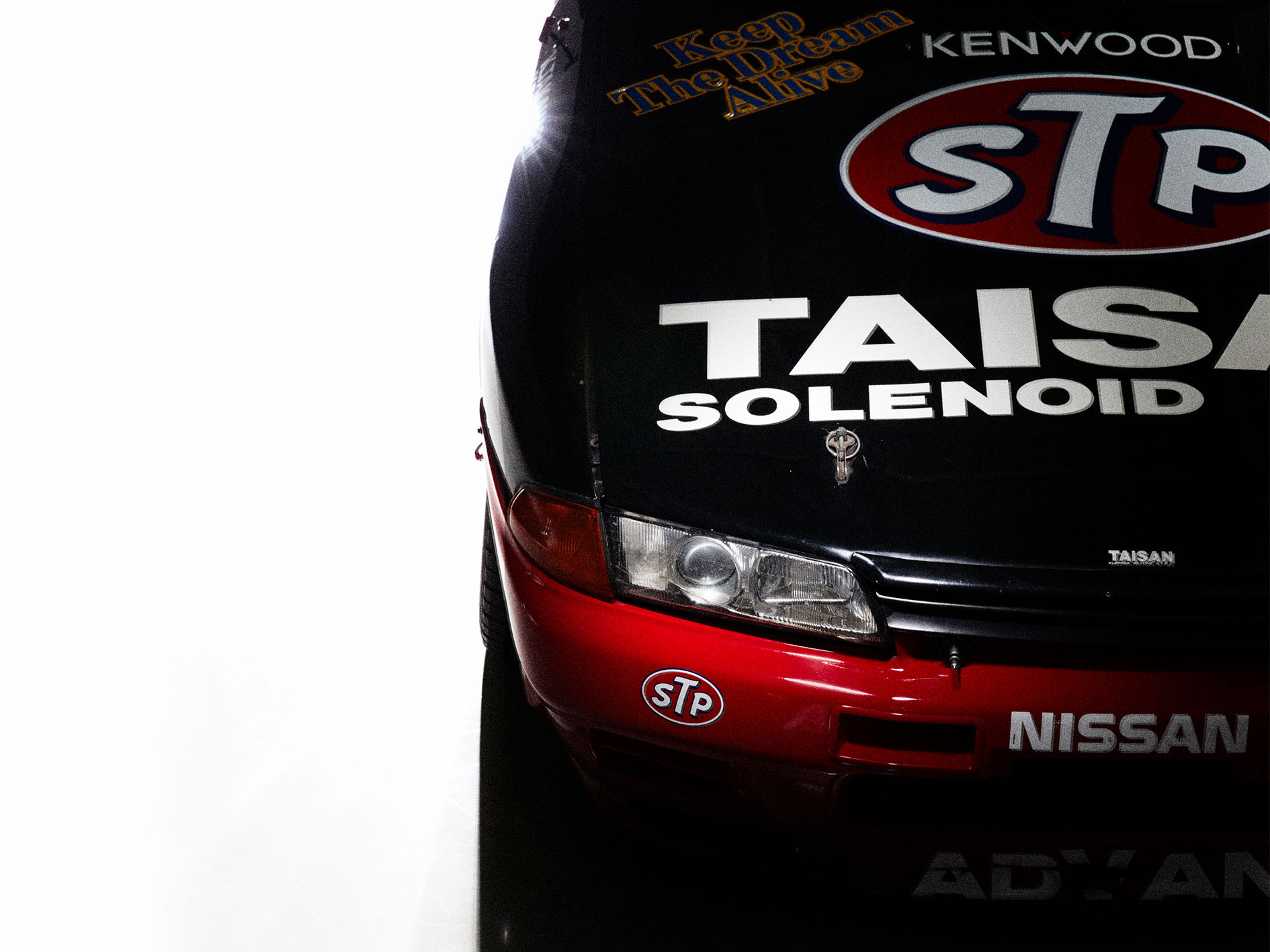
Touring Car Racing (#2 KLEPPER TAISAN R32 GT-R)
When R32 Skyline GT-R was unveiled in 1989, Mr. Chiba immediately took notice, especially with his fondness for Prince Motor Company. Prince was synonymous with making luxurious cars, and developed the original Skyline in 1957. His father was an employee for Prince, delivering grease fittings and lubricators to the loom manufacturing division in a Prince Skyline Sport, which was a luxury coupe designed by Giovanni Michelotti.
A year after the debut of the R32 GT-R, Nissan released the GT-R NISMO. It was developed to be homologated for Group A racing, competing with the likes of BMW M3 and the Ford Sierra RS Cosworth. This is where Team TAISAN’s racing history with the R32 GT-R began, when Mr. Chiba purchased an example for ¥ 55 million. Mr. Chiba then hired two drivers, Kenji Takashi and Keiichi Tsuchiya, who were both development drivers for the Skyline GT-R.
However, NISMO didn’t provide factory support for Team Taisan, and they struggled to be competitive during the 1991 season. Despite unfortunately retiring due to brake issues in the first round at Sugo, that didn’t stop Team Taisan, Takahashi and Tsuchiya from becoming competitive and fighting for the top spots. They addressed the brake issues by developing an innovative in-house-developed system, which consists of a 20-litre water tank placed on the passenger side (left) of the floor, with the water line behind the driver’s seat connected to the water supply port by the window. When the driver steps on the brake pedal, Taisan’s own solenoid pumps would pump and spray water onto the brake rotors, which prevented it from overheating. This resulted in back-to-back 2nd place finishes at Suzuka (Rd. 2) and Tsukuba (Rd. 3), followed by 3rd place finishes at Sendai (Rd. 4) and Fuji (Rd. 6).
While Mr. Chiba only ran the Skyline GT-R for a single JGTC season as a team owner, the car continued to compete in the 1992 season but with Taisan as a team sponsor and was driven by Kunimitsu Takahashi and Keiichi Tsuchiya. The pair scored their best finish of 2nd in Tsukuba, before finally winning in the 2nd round at Autopolis the following year. The GT-R also competed in the 1991 Macau Grand Prix with the Australia-based Gibson Motorsport, driven by Mark Skaife. They also entered and won the South East Asia Touring Car Championship in 1993.
This example is chassis #BNR32-91-001. It was recently featured at the 2022 Tokyo Auto Salon Auction, in collaboration with Yahoo Auction. This particular TAISAN GT-R was sold at a hammer price of ¥39,018,100. Despite Mr. Chiba’s short-lived campaign with the Skyline GT-R, his passion and love for the model still remained in his heart and hopefully the lucky owner of this car will also cherish its unique history behind it.
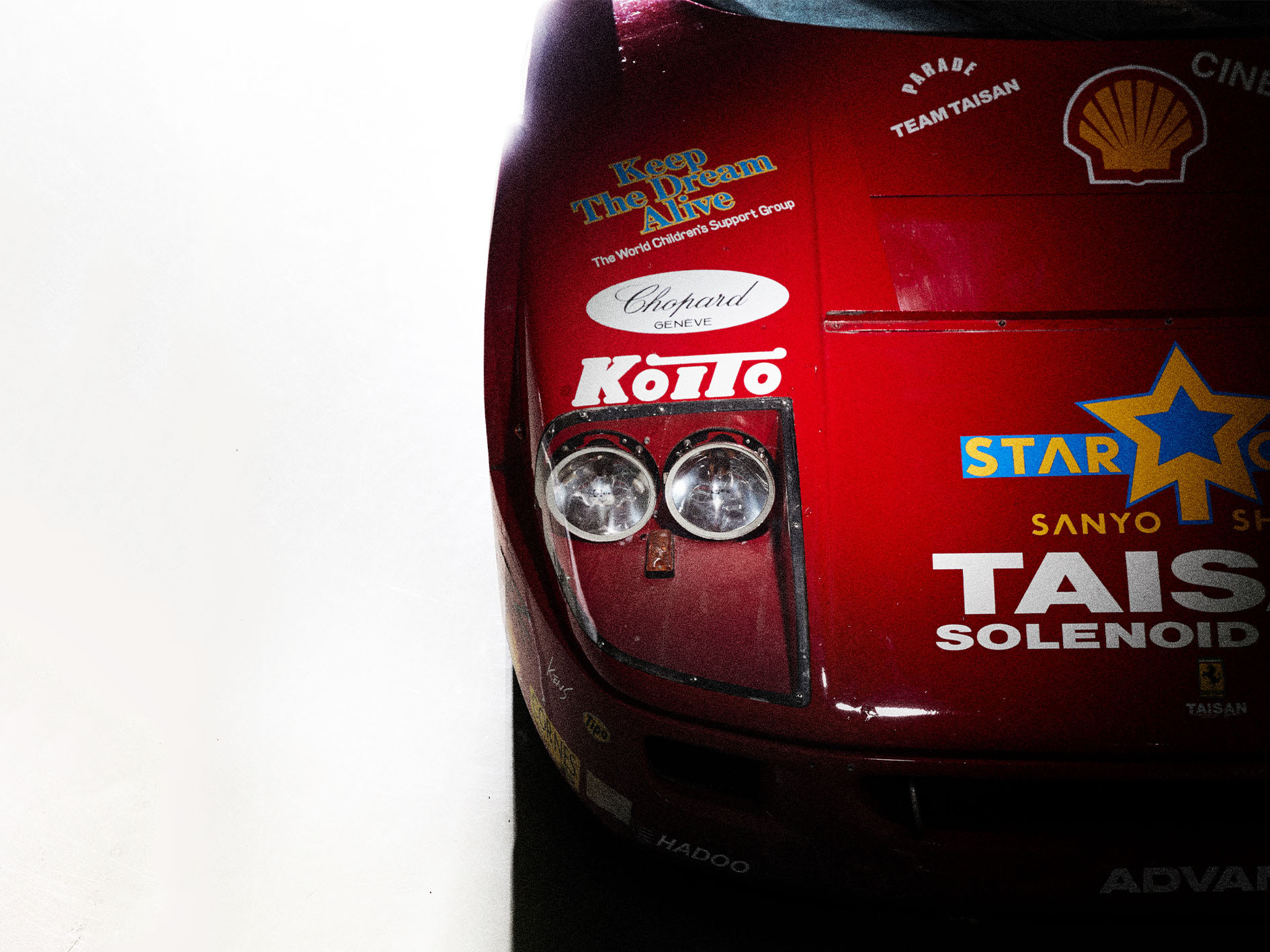
JGTC (#40 STAR CARD TAISAN F40)
Mr. Chiba was astonished by an article written in an issue of GENROQ, a Japanese luxury car magazine. It was the story of the Ferrari F40, dominating in the Italian Supercar GT Championship, with the likes of the Jaguar XJ220, Porsche 964 RS and 964 RSR. This influenced him to purchase a 1988 F40 from an exotic dealership called Passion and convert it into a JGTC-spec race car.
While Mr. Chiba must have considered acquiring a Michelotto-built F40 in CSAI-GT specification, he simply couldn’t due to the JGTC’s regulations that only allowed race cars that could be registered for road use. While the F40’s engine remained untouched, producing a 478 hp with 577 Nm of torque, the team installed a one-off straight pipe for an improved throttle response. The modifications were mainly on the chassis and aerodynamics, such as the front bodywork, which was 5mm wider each side, followed by the addition of an adjustable rear wing, an F40 LM-derived pillow ball mounts and a set of magnesium OZ Racing alloy wheels.
The team’s F40 entered the 1994 JGTC season in the GT1 category, which was the top category before GT500 replaced it. The drivers for the #40 F40 were Tetsuya Ota for the full season, along with Keiichi Suzuki for rounds 1 and 3, before swapping with Anthony Reid in rounds 2 and 4. And for the final round, the team invited Italian GT Championship winner and ex-F1 driver Oscar Larrauri to pair with Ota. Throughout the season, Team Taisan constantly updated the car’s bodywork in every race, mostly on a trial-and-error basis as the car suffered with overheating issues. With the strong spirit of Mr. Chiba and his team, they achieved pole position in the 4th round at Sugo, and finally managed to clinch their only victory with the #40 F40 in the 5th and final round of the season at Mine Circuit, after a sensational battle with its sister car, the #35 Porsche 962C. However, the following season, the car wasn’t able to maintain its competitiveness due to the introduction of the GT500 regulations, which replaced the GT1 category in JGTC. What also didn’t help was the fact that many of its rivals in the category had full factory backing, which caused a big gap between them and the #40 F40 car.
As of today, the car was converted back to road-legal specification. Therefore, the car’s one-off straight pipe used during its racing life was replaced with a silencer. This unique piece of Team Taisan history, chassis #80780, is now part of the BINGO Collection.
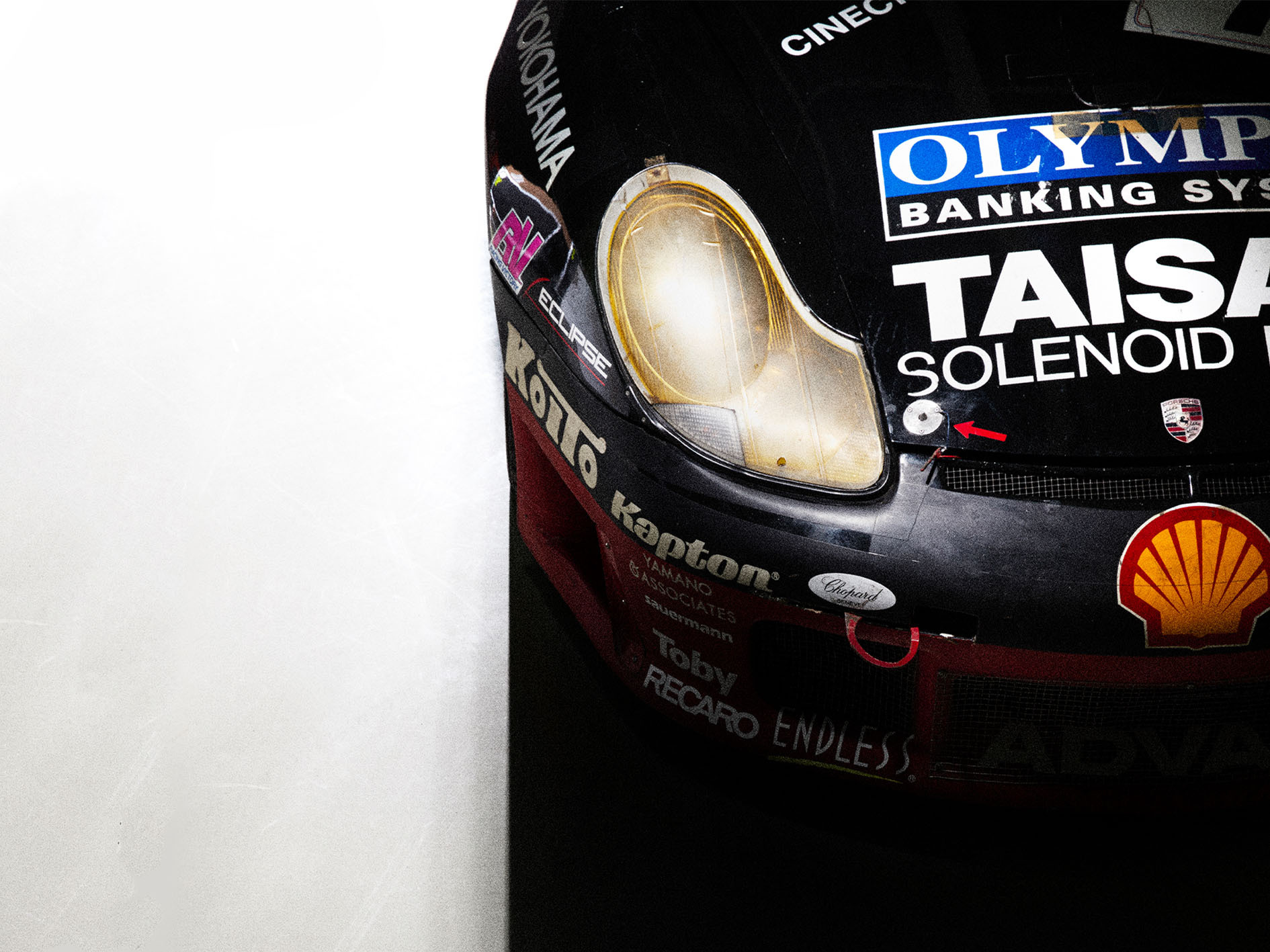
Le Mans (#73 Shell eri TAISAN ADVAN 911 GT3R)
The team’s success began to prosper when they switched to a couple of 911 GT2s that earned them 3 race victories and the teams championship title in the GT1 category during the 1995 JGTC season. Followed by more success in the GT2 and later the GT300 categories in the late 1990s, Team Taisan was invited to compete at the 24 Hours of Le Mans in the LMGT category, with the #73 Porsche 911 GT3-R. The car was directly bought from the factory in Weissach and partnered with a French racing team to compete at the gruelling 24-hour race. The #73 cars continued with Team Taisan’s tradition, by sporting the iconic Advan livery.
The car initially suffered an accident during the qualifying, resulting in a lot of damage on the 911 GT3-R’s front. However, the team managed to repair it completely prior to the race, which then managed to be competitive during the whole 24 hours without any setbacks. Up until the final lap where the car had a minor collision with a rival that caused a left-rear puncture. However, the team persevered to complete the final 13.6km lap with a flat tire and finished the race.The original winner was found to have violated vehicle regulations that resulted in their disqualification. As a result, Team Taisan became the class winner at the historic race on their debut.
Followed by their success at Le Mans, the team continued their class winning streaks back home, by winning the 24 Hours of Tokaichi and the Suzuka 1,000km, cementing the legendary status of their 911 GT3-R which would be ingrained in the team’s rich and diverse racing history.
This car was featured at the Team Taisan Auction during the 2018 Suzuka Sound of Engine event, which was sold at a hammer price of ¥45,100,000. This result showcased the car’s very successful racing history with a unique story behind it.


